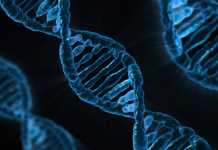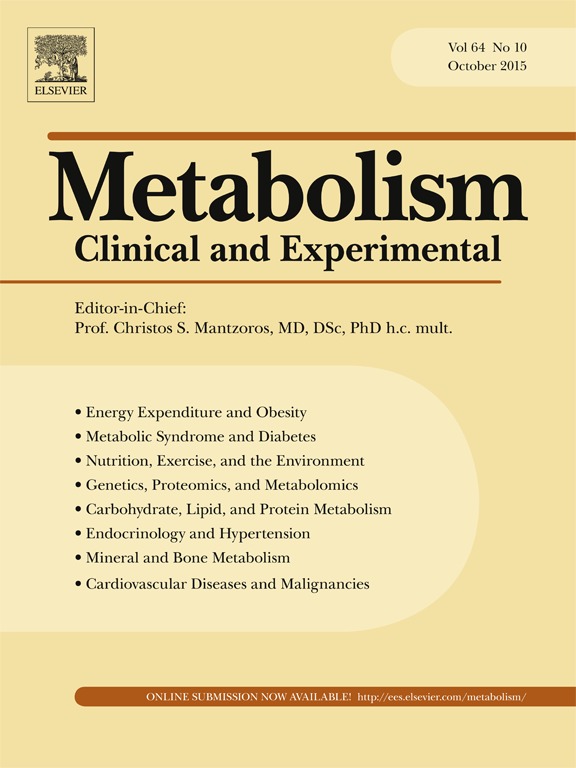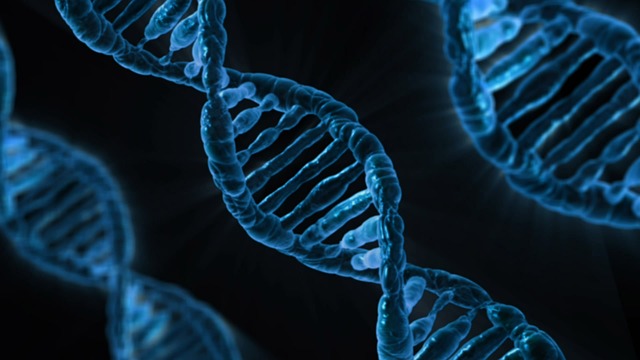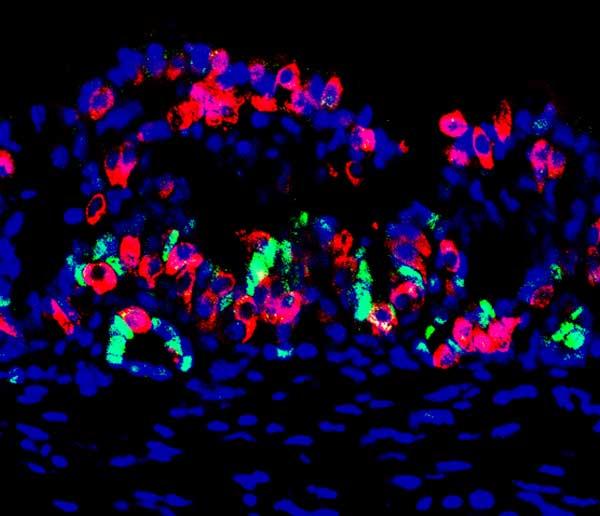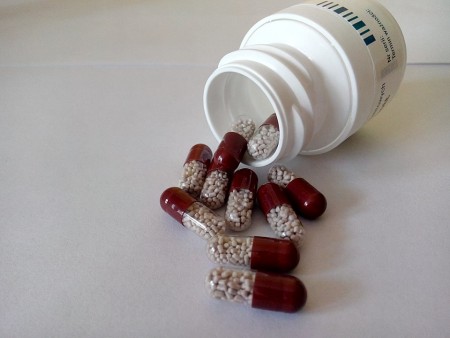A team lead by UCSF medical researchers has discovered a new disorder that can cause severely elevated blood cholesterol levels and may affect several hundred thousand people in the U.S. and Europe to varying degrees. The malady is caused by a single gene defect.
Discovery of the disorder started from a deduction: Researchers knew the gene's function, so they hypothesized how mutations would affect cholesterol levels, vulnerability to gallstones and other factors. They then searched a genetic database of some 12,000 patients and identified a number of people who had mutations in that gene. They studied the family of one patient and found that carriers of mutations in the gene did indeed have elevated cholesterol, including three siblings with dangerously elevated levels.
"We went from a hypothesis to identifying the disorder in patients, rather than the more conventional route of seeing a disorder in patients and searching for the cause," said John Kane, MD, PhD, UCSF professor of medicine and senior author of a report on the findings in the July issue of The Journal of Clinical Investigation.
"Our finding adds to the roster of genes that can cause a disorder of cholesterol in the blood and increase the risk of heart disease and stroke," Kane said. "By understanding the mechanism � how this gene affects cholesterol regulation� we can diagnose those at risk earlier and choose better treatments for them."
The research is highlighted in an accompanying editorial in the journal by scientists from the Gladstone Institute of Cardiovascular Disease, UCSF and UC San Diego.
Continue Reading Below ↓↓↓
The discovery is the fifth gene known to cause elevated cholesterol when it is defective. The gene's product is an enzyme called cholesterol 7-alpha hydroxylase (CYP7A1), and it is essential for the normal elimination of cholesterol. The enzyme initiates the primary conversion of cholesterol into bile acids in the liver.
The researchers hypothesized that a mutation that knocked out this gene would lead to an accumulation of cholesterol in the liver as the primary route of converting cholesterol to bile acids is blocked. The liver responds to excessive cholesterol by reducing the amount of receptors available to take up low density lipoprotein, or LDL, -- the "bad" cholesterol � from the blood. A mutation in the gene, they reasoned, would result in an accumulation of LDL.
The team also predicted higher triglyceride levels in the blood as well, because lower bile acid levels are known to lead to greater triglyceride production. Triglycerides, like LDL cholesterol, are major risk factors in atherosclerosis and other arterial disease. The scientists also predicted the presence of gallstones because inadequate bile acid levels would allow the cholesterol to crystallize into gallstones.
When the team identified their candidate patients, all their predictions were confirmed. Their search utilized a repository of DNA samples from more than 12,000 patients, along with their blood samples and clinical data which make up the Genomic Resource in Atherosclerosis of the UCSF Cardiovascular Research Institute (CVRI).
The team predicted the clinical effects of having a mutated CYP7A1 gene and then identified several hundred people who fit the profile. Using a sensitive technique to search for mutations in the DNA of these people, they found mutations in 11 people. Of 37 people in the family of one patient, nine carried the same mutation. Three were siblings with defects in both their maternal and paternal copies of the gene. Their cholesterol levels were above 300 mg/dl -- nearly double their family's average, putting them at extreme risk for coronary heart disease. Two of the three � brothers � had elevated triglycerides and premature gallstone disease, as predicted.
Even family members with a mutation in just one of the two copies of the gene had significantly elevated cholesterol levels, the scientists found, equivalent to a heart attack risk more than 50 percent higher than average.
Taking into account that the original DNA sample was drawn from patients with cholesterol problems, the team was able to estimate that several hundred thousand people in the U.S. and Europe will be affected by defects in this gene.
The siblings with mutations in both copies of the CYP7A1 gene were, in effect, "human knockouts" for this gene. A powerful approach to determining how a particular gene functions is to knock out, or delete, both copies of the gene in mice and raise a line of mice lacking the gene. Such a mouse knockout has been developed for CYP7A1 but surprisingly, these mice do not exhibit the cholesterol problems predicted � and found � in people.
"The mouse model did not predict the significant increased cholesterol levels, but now that we have identified this disorder in patients, we hope that the new understanding of how LDL levels can become elevated will help prevent and treat atherosclerosis," said Clive R. Pullinger, PhD, research biochemist at the CVRI and lead author on the paper.
Pullinger identified the mutations in the suspected gene samples using a technique known as differential DNA melting, which pinpoints the mutated genes based on their abnormal mobility when the DNA is placed in an electrical field.
Continue Reading Below ↓↓↓
The repository of genetic and clinical records, the Genomic Resource in Atherosclerosis at UCSF, is a project of John Kane, Pullinger, and Mary J. Malloy, MD, UCSF clinical professor in the CVRI, and a co-author. Other co-authors are Celeste Eng, BS, and Andrea Verhagen, BS, both staff research associates, CVRI; Gerald Salen and Sarah Shefer, MD, both professors of medicine, New Jersey Medical School; Ashok K. Batta, New Jersey Medical School; Sandra Erickson, PhD, adjunct professor of metabolism, UCSF and Veteran Affairs Medical Center, San Francisco; Christopher Rivera, BS, a UCSF medical student; and Sean J. Mulvihill, MD, clinical professor, surgery department, University of Utah. The research was funded by a number of institutions including the National Institutes of Health and the American Heart Association.
Source: University of California, San Francisco

